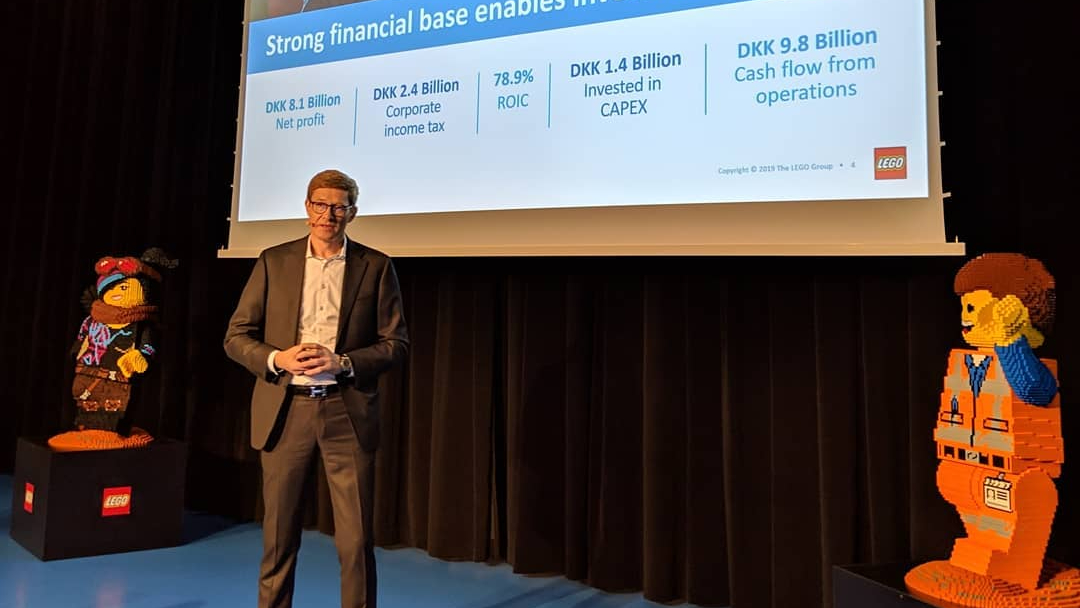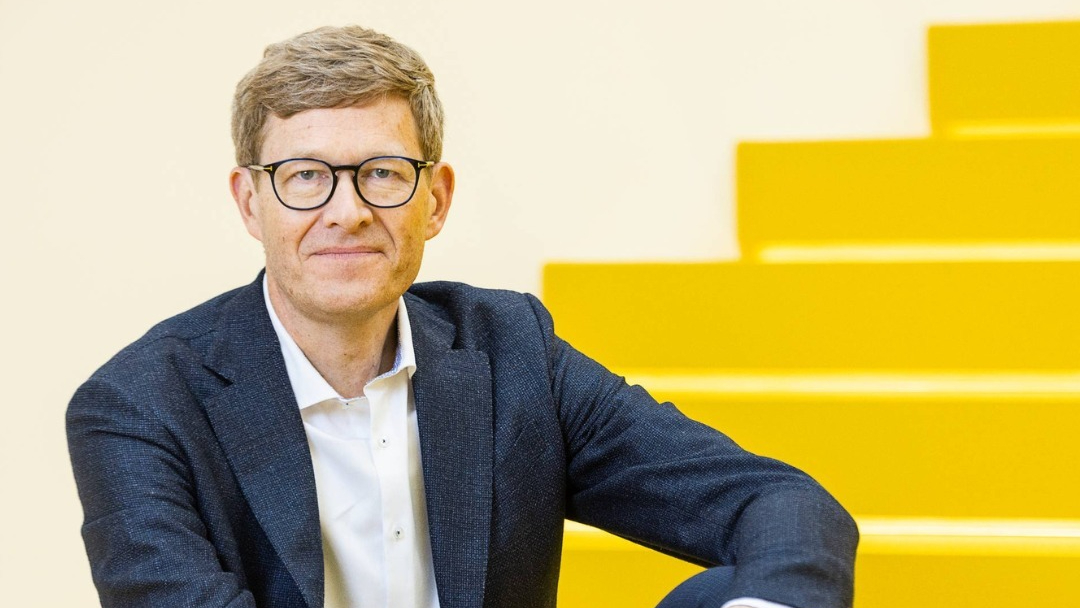The Humble Beginnings of LEGO: A Danish Dream in Wood
Before LEGO became a global symbol of creativity and childhood joy, it began in a small Danish workshop in Billund in 1932. The founder, Ole Kirk Christiansen, was a carpenter who initially crafted ironing boards and wooden toys to survive the Great Depression. He named his company “LEGO” in 1934—derived from the Danish words “leg godt,” meaning “play well.” Ironically, he had no idea that his tiny operation would eventually redefine play for generations to come.
What Was the First LEGO Set?
LEGO’s early products weren’t plastic bricks, but wooden pull-along toys like ducks and cars. It wasn’t until 1949 that the company began producing “Automatic Binding Bricks,” a precursor to the modern LEGO brick. The very first LEGO set as we know them today was released in 1955 as part of the “LEGO System of Play.” This included a simple town plan with houses, cars, and people—setting the foundation for the imaginative builds children know and love today.

How Was LEGO First Invented?
The pivotal invention that transformed LEGO forever came in 1958, when Godtfred Kirk Christiansen, Ole’s son, patented the now-iconic stud-and-tube brick design. This design made LEGO bricks easy to snap together and just as easy to pull apart—enabling endless possibilities for construction. The patent secured LEGO’s position as a leader in the toy industry and ushered in a new era of modular, system-based play.
Related: Inside LEGO's Leadership: CEO Niels Christiansen
From Local Toymaker to Global Icon
LEGO’s success wasn’t just due to clever engineering—it was built on a powerful philosophy: “Only the best is good enough.” This commitment to quality and creativity, passed down through the Kristiansen family, helped the company grow rapidly through the 1960s and 70s. By the 1980s, LEGO was synonymous with childhood play.
With themed sets like space, castles, and cities—and eventually branded partnerships with Star Wars and Harry Potter—LEGO not only stayed relevant, it became pop culture royalty.

The Secret to LEGO’s Longevity
Even when LEGO faced financial trouble in the early 2000s, it rebounded by refocusing on its core brick products, leveraging licensing, and investing in innovation like LEGO Mindstorms and digital platforms. Today, LEGO continues to thrive because it hasn’t just sold toys—it has sold imagination.
From a small wooden duck to a multi-billion-dollar empire, LEGO’s story is one of vision, reinvention, and the enduring power of play.
Related: Gernot Döllner: Steering Audi into an Electric Future














